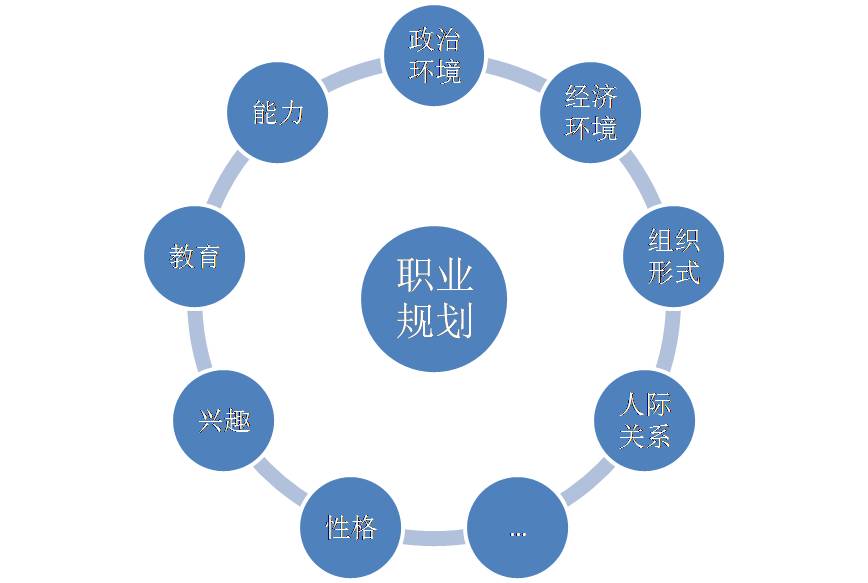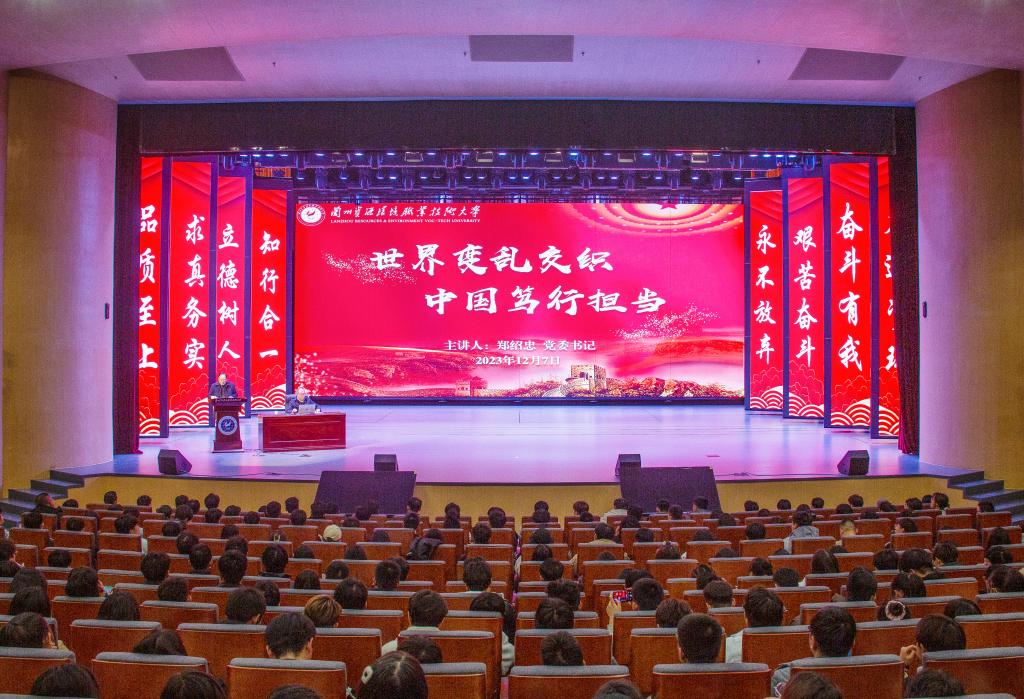Title: Promoting High-Quality Development of Enterprises: A Review of Foreign Literature
Introduction
In recent years, the concept of high-quality development has become increasingly important for enterprises around the world. High-quality development refers to the process of improving the overall performance and competitiveness of an enterprise by focusing on innovation, sustainability, and social responsibility. This literature review aims to explore the key factors that contribute to the promotion of high-quality development in enterprises and provide insights into the best practices and strategies that can be adopted by businesses to achieve this goal.
Innovation as a Driver of High-Quality Development
Innovation is considered a crucial driver of high-quality development for enterprises. According to a study by Porter (1990), firms that invest in research and development (R&D) are more likely to achieve higher levels of productivity and profitability. Moreover, innovation leads to the creation of new products, services, and business models, which can provide a competitive advantage for enterprises in the market (Tidd & Bessant, 2018).
Several studies have highlighted the importance of a supportive organizational culture for fostering innovation within enterprises (Amabile, 1996; Edmondson, 1999). An environment that encourages risk-taking, open communication, and collaboration among employees can lead to increased creativity and the development of innovative ideas (Amabile, 1997). Furthermore, enterprises can benefit from partnerships with other organizations, such as universities or research institutions, to access new knowledge and technologies that can support their innovation efforts (Chesbrough, 2003).
Sustainability and Social Responsibility
In addition to innovation, sustainability and social responsibility are also essential aspects of high-quality development for enterprises. Sustainable business practices not only contribute to environmental protection but also enhance the reputation and long-term viability of the enterprise (Elkington, 1997). For example, companies that implement eco-friendly production processes and use renewable energy sources can reduce their carbon footprint and appeal to consumers who prioritize environmentally conscious products (Chen, 2010).
Social responsibility involves fulfilling obligations to various stakeholders, such as employees, customers, suppliers, and the community at large (Carroll, 1991). Enterprises that demonstrate a commitment to social responsibility through initiatives like charitable donations, ethical sourcing, and fair labor practices can build trust and loyalty among their stakeholders (Sen & Bhattacharya, 2001). These actions can also lead to improved employee satisfaction and productivity, as well as enhanced reputation in the market (Fombrun, 1996).
Strategies for Promoting High-Quality Development
To achieve high-quality development, enterprises need to adopt a strategic approach that integrates innovation, sustainability, and social responsibility into their core business operations. Several frameworks and models have been proposed to guide enterprises in this process. For instance, the Triple Bottom Line (TBL) model emphasizes the importance of balancing economic, social, and environmental performance (Elkington, 1997). The Balanced Scorecard (BSC) is another framework that enables organizations to align their strategies with their financial and non-financial goals (Kaplan & Norton, 1996).
Moreover, enterprises can leverage technology and data analytics to support their high-quality development efforts. Digital tools can help streamline business processes, increase efficiency, and enhance communication among stakeholders (Brynjolfsson & McAfee, 2014). Data analytics can provide valuable insights into consumer preferences, market trends, and operational performance, enabling enterprises to make informed decisions and identify areas for improvement (Provost & Fawcett, 2013).
Conclusion
High-quality development is a multifaceted concept that encompasses innovation, sustainability, and social responsibility. To promote high-quality development, enterprises need to adopt a strategic approach that integrates these aspects into their core business operations. Innovation can drive competitive advantage and growth, while sustainability and social responsibility can enhance the reputation and long-term viability of the enterprise. By leveraging technology and data analytics, enterprises can further improve their decision-making processes and achieve high-quality development.
Introduction
In recent years, the concept of high-quality development has become increasingly important for enterprises around the world. High-quality development refers to the process of improving the overall performance and competitiveness of an enterprise by focusing on innovation, sustainability, and social responsibility. This literature review aims to explore the key factors that contribute to the promotion of high-quality development in enterprises and provide insights into the best practices and strategies that can be adopted by businesses to achieve this goal.
Innovation as a Driver of High-Quality Development
Innovation is considered a crucial driver of high-quality development for enterprises. According to a study by Porter (1990), firms that invest in research and development (R&D) are more likely to achieve higher levels of productivity and profitability. Moreover, innovation leads to the creation of new products, services, and business models, which can provide a competitive advantage for enterprises in the market (Tidd & Bessant, 2018).
Several studies have highlighted the importance of a supportive organizational culture for fostering innovation within enterprises (Amabile, 1996; Edmondson, 1999). An environment that encourages risk-taking, open communication, and collaboration among employees can lead to increased creativity and the development of innovative ideas (Amabile, 1997). Furthermore, enterprises can benefit from partnerships with other organizations, such as universities or research institutions, to access new knowledge and technologies that can support their innovation efforts (Chesbrough, 2003).
Sustainability and Social Responsibility
In addition to innovation, sustainability and social responsibility are also essential aspects of high-quality development for enterprises. Sustainable business practices not only contribute to environmental protection but also enhance the reputation and long-term viability of the enterprise (Elkington, 1997). For example, companies that implement eco-friendly production processes and use renewable energy sources can reduce their carbon footprint and appeal to consumers who prioritize environmentally conscious products (Chen, 2010).
Social responsibility involves fulfilling obligations to various stakeholders, such as employees, customers, suppliers, and the community at large (Carroll, 1991). Enterprises that demonstrate a commitment to social responsibility through initiatives like charitable donations, ethical sourcing, and fair labor practices can build trust and loyalty among their stakeholders (Sen & Bhattacharya, 2001). These actions can also lead to improved employee satisfaction and productivity, as well as enhanced reputation in the market (Fombrun, 1996).
Strategies for Promoting High-Quality Development
To achieve high-quality development, enterprises need to adopt a strategic approach that integrates innovation, sustainability, and social responsibility into their core business operations. Several frameworks and models have been proposed to guide enterprises in this process. For instance, the Triple Bottom Line (TBL) model emphasizes the importance of balancing economic, social, and environmental performance (Elkington, 1997). The Balanced Scorecard (BSC) is another framework that enables organizations to align their strategies with their financial and non-financial goals (Kaplan & Norton, 1996).
Moreover, enterprises can leverage technology and data analytics to support their high-quality development efforts. Digital tools can help streamline business processes, increase efficiency, and enhance communication among stakeholders (Brynjolfsson & McAfee, 2014). Data analytics can provide valuable insights into consumer preferences, market trends, and operational performance, enabling enterprises to make informed decisions and identify areas for improvement (Provost & Fawcett, 2013).
Conclusion
High-quality development is a multifaceted concept that encompasses innovation, sustainability, and social responsibility. To promote high-quality development, enterprises need to adopt a strategic approach that integrates these aspects into their core business operations. Innovation can drive competitive advantage and growth, while sustainability and social responsibility can enhance the reputation and long-term viability of the enterprise. By leveraging technology and data analytics, enterprises can further improve their decision-making processes and achieve high-quality development.





